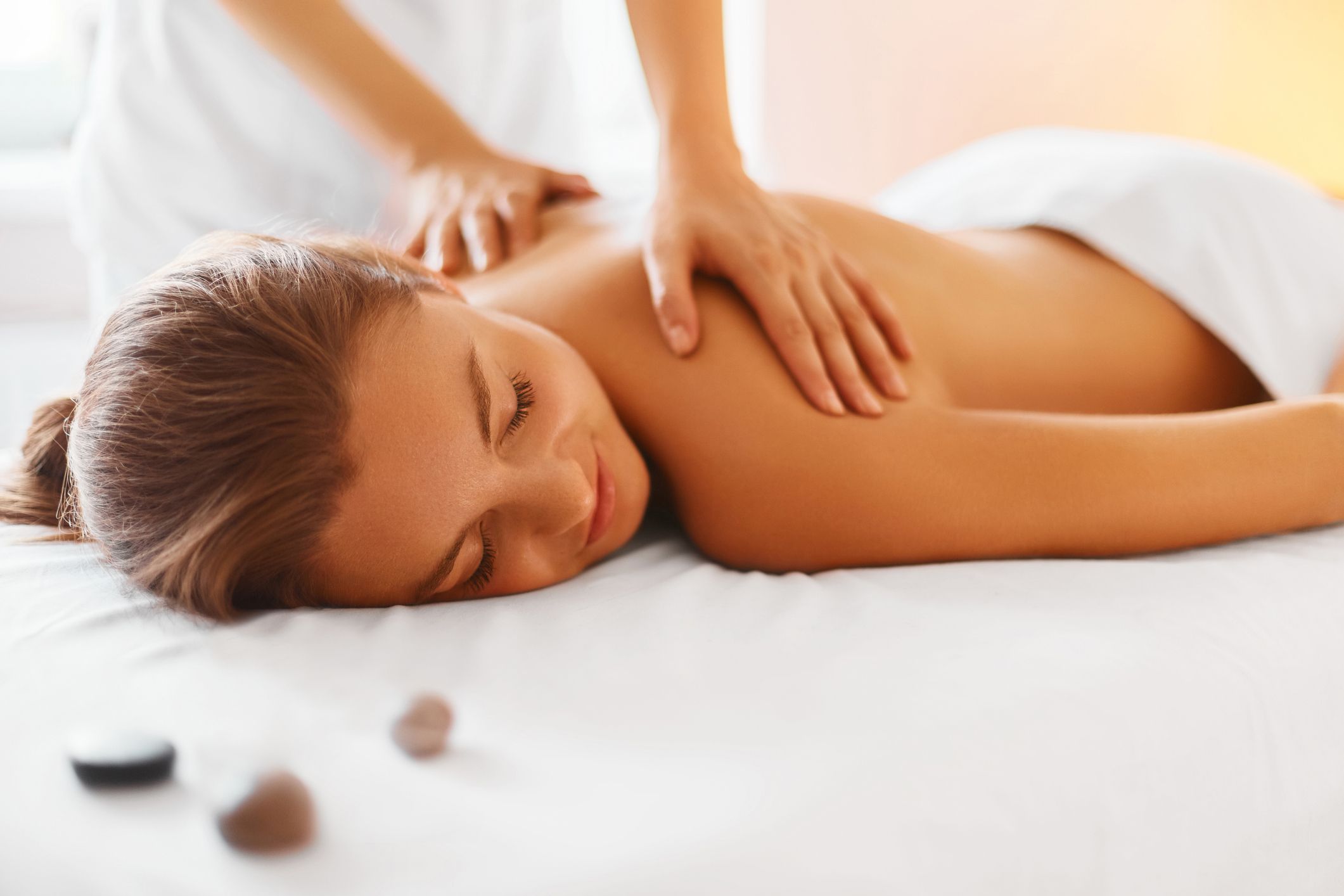
Reflexology, an ancient recovery method that has stood the examination of time, remains to mesmerize the minds and soles of individuals worldwide. This holistic therapy is based upon the principle that certain points on the ears, hands, and feet represent various body organs and systems within the body. By applying stress to these points, professionals aim to advertise recovery, soothe stress, and restore balance to the body.
The Origins of Reflexology
While the exact origins of reflexology are disputed, proof recommends that similar techniques have existed for countless years throughout different societies. Ancient Egyptian tombs illustrate what appears to be foot massage therapies, while typical Chinese medication has long identified the interconnectedness of various body parts. The contemporary method of reflexology, nonetheless, was developed in the very early 20th century by Dr. William Fitzgerald and later refined by Eunice Ingham, commonly referred to as the “mom of reflexology.”
Exactly How Reflexology Works
The fundamental concept behind reflexology is that the body is divided into 10 vertical zones, each representing different body organs and body parts. By applying pressure to details points within these zones, reflexologists believe they can impact the matching areas of the body. The tips of the toes are believed to match to the head, while the ball of the foot is connected with the chest and lung location.
Prospective Benefits of Reflexology
Advocates of reflexology claim a vast array of advantages, including:
Stress decrease and leisure
Enhanced circulation
Enhanced body immune system feature
Discomfort relief, specifically for migraines and headaches
Improved sleep high quality
Reduction of gastrointestinal concerns
While clinical research on reflexology is recurring, lots of people report considerable enhancements in their total well-being after obtaining treatments. It’s crucial to keep in mind that reflexology is typically taken into consideration a complementary treatment and ought to not change conventional treatment.
What to Expect During a Reflexology Session
A regular reflexology session lasts between 30 to 60 minutes. The reflexologist will begin by analyzing your feet before applying stress to details points.
Self-Reflexology Techniques
While professional sessions can be helpful, you can also practice some basic reflexology methods at home. Right here are a few straightforward exercises to attempt:
Foot rolling: Roll a tennis round or specialized reflexology sphere under your foot for a couple of mins daily.
Thumb strolling: Use your thumb to “walk” along the soles of your feet, using pressure as you go.
Hand reflexology: Apply stress to the facility of your hand utilizing your thumb from the contrary hand.
Integrating JKリフレ into Your Wellness Routine
As with any new health and wellness method, it’s essential to come close to reflexology with an open mind and reasonable expectations. While it might not be a magic bullet, many discover that regular reflexology sessions or self-practice can be a useful addition to their general health regimen. Whether you’re looking for stress and anxiety alleviation, discomfort monitoring, or simply a minute of relaxation, reflexology provides a distinct approach to nurturing your mind and body.
Bear in mind, if you have any wellness problems or are expecting, it’s always best to seek advice from your health care carrier prior to starting any type of new treatment, consisting of reflexology. With its gentle technique and potential for promoting general health, reflexology remains to be a prominent selection for those seeking an all-natural, alternative technique to wellness and health.
While the precise beginnings of reflexology are disputed, proof recommends that similar methods have existed for thousands of years throughout different societies. The modern practice of reflexology, nonetheless, was established in the very early 20th century by Dr. William Fitzgerald and later refined by Eunice Ingham, frequently referred to as the “mom of reflexology.”
The essential concept behind reflexology is that the body is split right into 10 upright zones, each matching to different organs and body components. As with any kind of brand-new health and wellness practice, it’s important to come close to reflexology with an open mind and reasonable assumptions. Whether you’re seeking stress alleviation, discomfort monitoring, or just a moment of leisure, reflexology provides an one-of-a-kind method to nurturing your body and mind.
